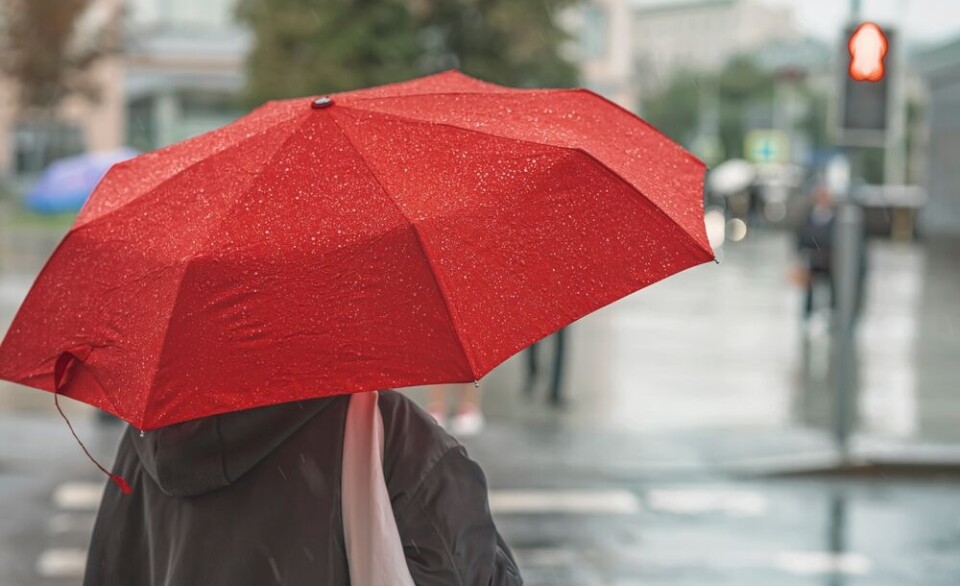-
Why employees in France are likely to receive less money in January
Three changes are expected to make a dent in the usual level of net pay
-
What passengers need to know about SNCF’s new ‘Stop Fraud’ travel initiative
Six transport operators are set to implement the system this week
-
Major changes to Paris public transport tickets begin this January
Simplified fares and a flat ‘tourist pass’ fee are among the new ticket options
Limoges porcelain being used to build roads
Porcelain waste used in asphalt mix to reflect light and make energy savings

French construction company, Colas, is adding Limoges porcelain scraps to its asphalt mix in a bid to make roads brighter and more energy efficient.
"In 2014, we joined the national Lumiroute experiment, to test a mixture [to coat the road] which was thought to reflect light, and combined it with a new type of lighting. The idea was that we could save money on public lighting," said Carole Cheucle, Deputy General Manager of the Agglomeration of Limoges.
Buoyed by the results, the agency began to look closer to home to take the project further. "We wanted to develop a material with similar potential by using resources and skills specific to our region," she explains. So they asked contractors to create a mix similar to that used in the Lumiroute experiment, but also including the porcelain which made the city famous all over the world.
It took two years of research by Jacques Senant, Colas boss in Limoges, and his team to develop it. "We have got the right proportion of 30% porcelain, the only percentage at which asphalt performs in terms of hardness, slippage and luminosity… and for a reasonable cost," he said.
Stay informed:
Sign up to our free weekly e-newsletter
Subscribe to access all our online articles and receive our printed monthly newspaper The Connexion at your home. News analysis, features and practical help for English-speakers in France
Colas has entered into partnerships with prestigious brands such as Bernardaud and Haviland who are committed to transferring their porcelain waste by the tonne. "According to our estimates, between 200 and 300 tonnes of porcelain waste per year could be used, instead of being buried," he added.
According to first tests carried out on a small section of the road in the city centre, porcelain on the surface gets polished by passing cars and reflects the light from the streetlights. "Not only does this mix make it possible to attract the driver's attention to hazards, but ultimately it will save energy, because if the road amplifies the light by reflecting it, we can lower the intensity of public lighting," said Ms Cheucle.
So impressed are they with the potential of porcelain that Limoges authorities have launched a call for tenders to create a 500-metre section of road this summer with streetlights more spaced out and LED bulbs. It aims to achieve 50% energy savings.























